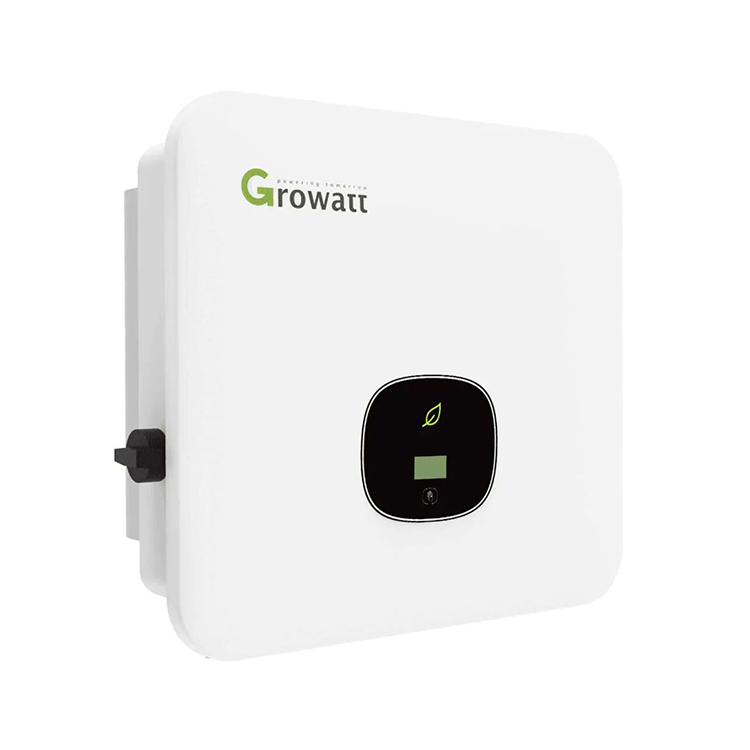Finnish researchers have studied different scenarios to convert a Nordic oil-heated townhouse into a carbon-neutral building. They dimensioned an off-grid PV-powered heat pump system using waste heat recovery from a hydrogen storage system and calculated its life-cycle cost. They concluded that the solution is less profitable than grid-connected systems.

Image: Lappeenranta-Lahti University of Technology , Renewable Energy, Creative Commons License CC BY 4.0
Scientists from Lappeenranta-Lahti University of Technology (LUT) in Finland have investigated the conversion of a Finnish oil-heated townhouse into a carbon-neutral building across four energy efficiency scenarios. They shared their findings in “Power balance control and dimensioning of a hybrid off-grid energy system for a Nordic climate townhouse,” which was recently published in Renewable Energy.
The team considered four scenarios for improving the energy efficiency of the building in Lahti, southern Finland, consisting of 18 apartments with a total heated area of about 1,100 square meters. A scenario with a 45 kW air-source heat pump and a 78 kW electric boiler (EEO); another with a 45 kW ground-source heat pump and a 33 kW electric boiler (EE1); another with a 79 kW ground-source heat pump (EE2); and finally a scenario with a 15 kW ground-source heat pump, 16 kW electric boiler, 15 kW heat recovery ventilation, and additional insulation of the roof, as well as renewal of windows and doors (EE3).
They simulated an off-grid PV-powered system with a fuel cell, battery, and hydrogen energy storage (HESS) for each scenario and studied the impact of waste heat on the dimensioning of the system’s components. The researchers created a calibrated energy simulation model of the current building with the IDA ICE 4.8 building performance simulation software. The PV generation was simulated in PVsyst, while the entire system modeling tool was created with Excel and MATLAB.
The fuel cell is supposed to act as a secondary energy source in winter when solar PV generation is reduced or inexistent. The waste heat generated in both the fuel cell and the HESS electrolyzer is intended to be recovered for space and domestic hot water heating. “The primary heat source in the tool is waste heat, followed by a heat pump and, if necessary, an electric boiler,” the academics said, noting that waste heat is prioritized because its temperature more closely matches the temperature requirements of domestic hot water.
Results show that scenario EE0 requires a 325 kW PV system, EE1 and EE2 300 kW, and EE3 265 kW. Waste heat can purportedly significantly reduce the component dimensioning of the PV-powered systems. On average, the dimensions of the battery storage system (BESS), the fuel cell, the electrolyzer, and the HESS are reduced by about 20%, 37%, 51%, and 28%, respectively. The reductions in component dimensions between EE0 and EE3 are about 33% for BESS, 41% for the fuel cell, 27% for the electrolyzer, and 22% for the HESS.
“Waste heat recovery from the fuel cell and the electrolyzer reduces the need for heat generation by other heat sources, which affects the electricity consumption when the heating is based on a heat pump,” the scientists explained. “As a result, the load profile of electricity changes, and both the peak powers and the energy demand of electricity are reduced.”
The team calculated that the 30-year lifecycle cost of the off-grid systems would be between €2.3 million ($2.5 million) and €4.3 million and concluded that “the cost is very high and unprofitable compared with a grid-connected system.” They also noted that special safety considerations must be taken into account if a HESS is used in a residential setting.




